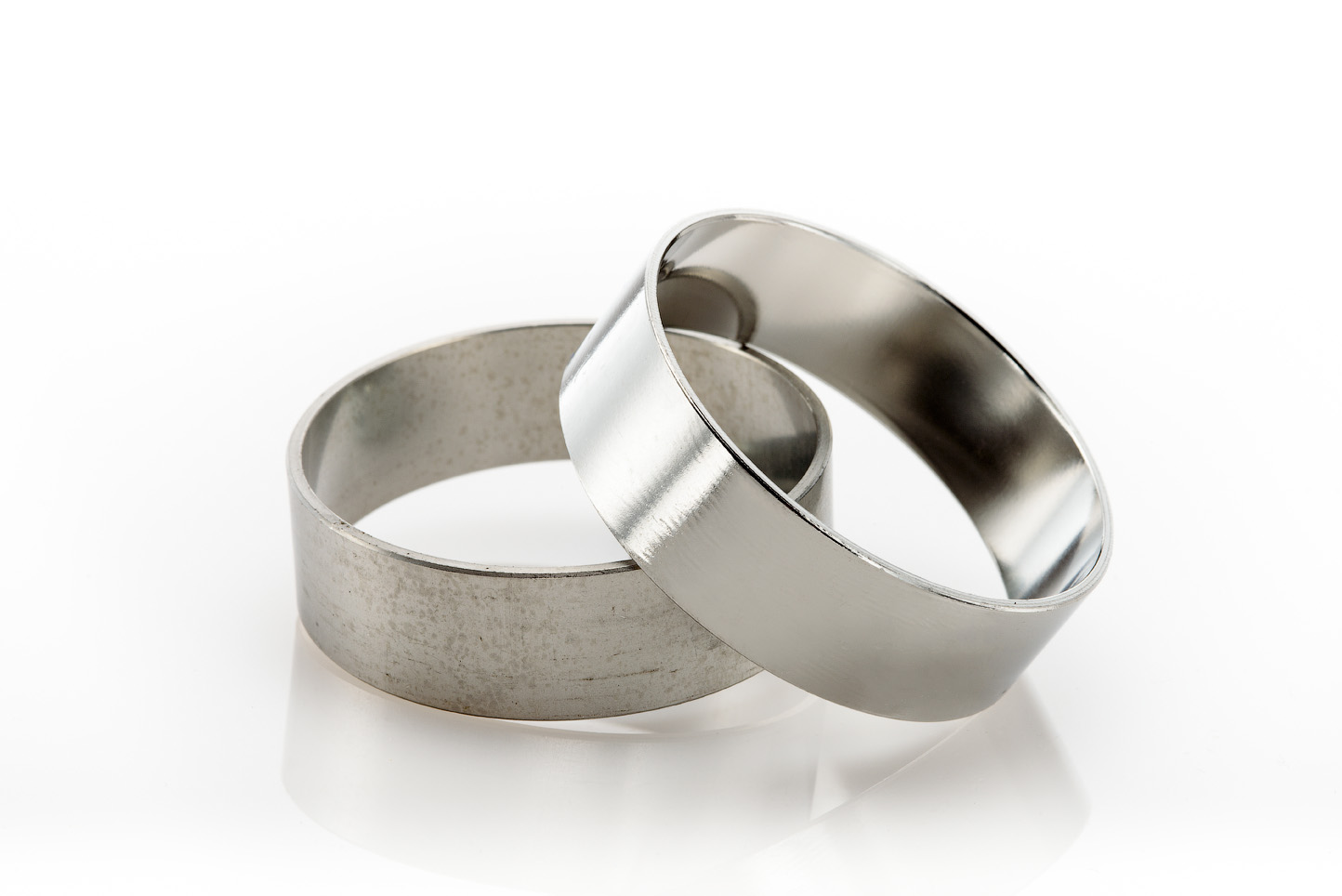Stainless Steel Treatment After Welding: Methods, Comparisons, and Best Practices
That’s why post-weld surface treatment is essential. But with several options available, from mechanical cleaning to chemical treatments like pickling, passivation, and electropolishing, how do you choose the right one?
Let’s explore and compare the most common stainless steel treatments after welding, and why citric acid passivation and electropolishing are often preferred for critical applications.
Why Post-Weld Treatment Matters
Welding exposes stainless steel to high temperatures, which can:
-
Alter the protective chromium oxide layer.
-
Introduce free iron and scale to the surface.
-
Leave behind heat tint, oxides, and contaminants that promote corrosion.
To restore corrosion resistance and surface integrity, a proper cleaning and passivation process must follow welding.
Common Stainless Steel Treatments After Welding
1. Mechanical Cleaning (Grinding or Abrasive Finishing)
-
What it is: Uses abrasives, wire brushes, or grinding tools to remove discoloration and surface oxides.
-
Pros: Fast and simple for spot treatments.
-
Cons: Doesn’t restore corrosion resistance; may embed contaminants; can alter dimensions.
2. Pickling
-
What it is: A chemical treatment using strong acids (often nitric and hydrofluoric) to remove scale, weld oxides, and heat tint.
-
Pros: Effective at removing weld discoloration and oxide layers.
-
Cons: Harsh chemicals, safety risks, and environmental concerns. It does not restore full corrosion resistance or re-passivate the surface effectively.
3. Nitric Acid Passivation
-
What it is: A chemical process using nitric acid to remove free iron and promote the formation of the passive chromium oxide layer.
-
Pros: Traditional method with proven results.
-
Cons: Hazardous to handle; requires special waste disposal and ventilation protocols.
4. Citric Acid Passivation
-
What it is: A safer, more environmentally friendly alternative to nitric acid that removes iron contamination and enhances passivity.
-
Pros: Highly effective at restoring corrosion resistance after welding, non-toxic, biodegradable, and suitable for most stainless steel grades.
-
Cons: May require more precise process control than nitric acid to achieve optimal results.
5. Electropolishing
-
What it is: An electrochemical process that removes a controlled layer of material from the surface, smoothing and brightening it while eliminating embedded contaminants.
-
Pros: Delivers unmatched corrosion resistance, micro-smoothing, and cosmetic improvement. Ideal for critical industries.
-
Cons: May not be cost-effective for all applications; requires specialized equipment.
Best Practices for Post-Weld Stainless Steel Treatment
According to New England Electropolishing’s guide to passivating welds, the best treatment often depends on the component’s end-use, industry regulations, and performance requirements.
For high-purity and precision industries—like medical devices, food processing equipment, or instrumentation—citric acid passivation or electropolishing is strongly recommended. These processes not only remove weld-related contaminants but also restore and enhance corrosion resistance without compromising part geometry or surface integrity.
Final Thoughts
Stainless steel doesn’t maintain its corrosion resistance on its own after welding. Without proper treatment, even the most high-grade alloys can fail in harsh environments. By understanding the advantages and limitations of each method, manufacturers can choose a post-weld treatment that ensures durability, cleanliness, and long-term performance.
When quality and corrosion resistance are non-negotiable, citric acid passivation and electropolishing offer the best protection—and New England Electropolishing leads the industry with tightly controlled, validated processes trusted by critical industries nationwide.
Passivating Stainless Steel Welds
Passivating stainless steel welds is essential to restore corrosion resistance compromised during welding. This guide breaks down the process, from surface prep to chemical treatment, ensuring your welded parts maintain long-term performance.
Electropolishing Resources
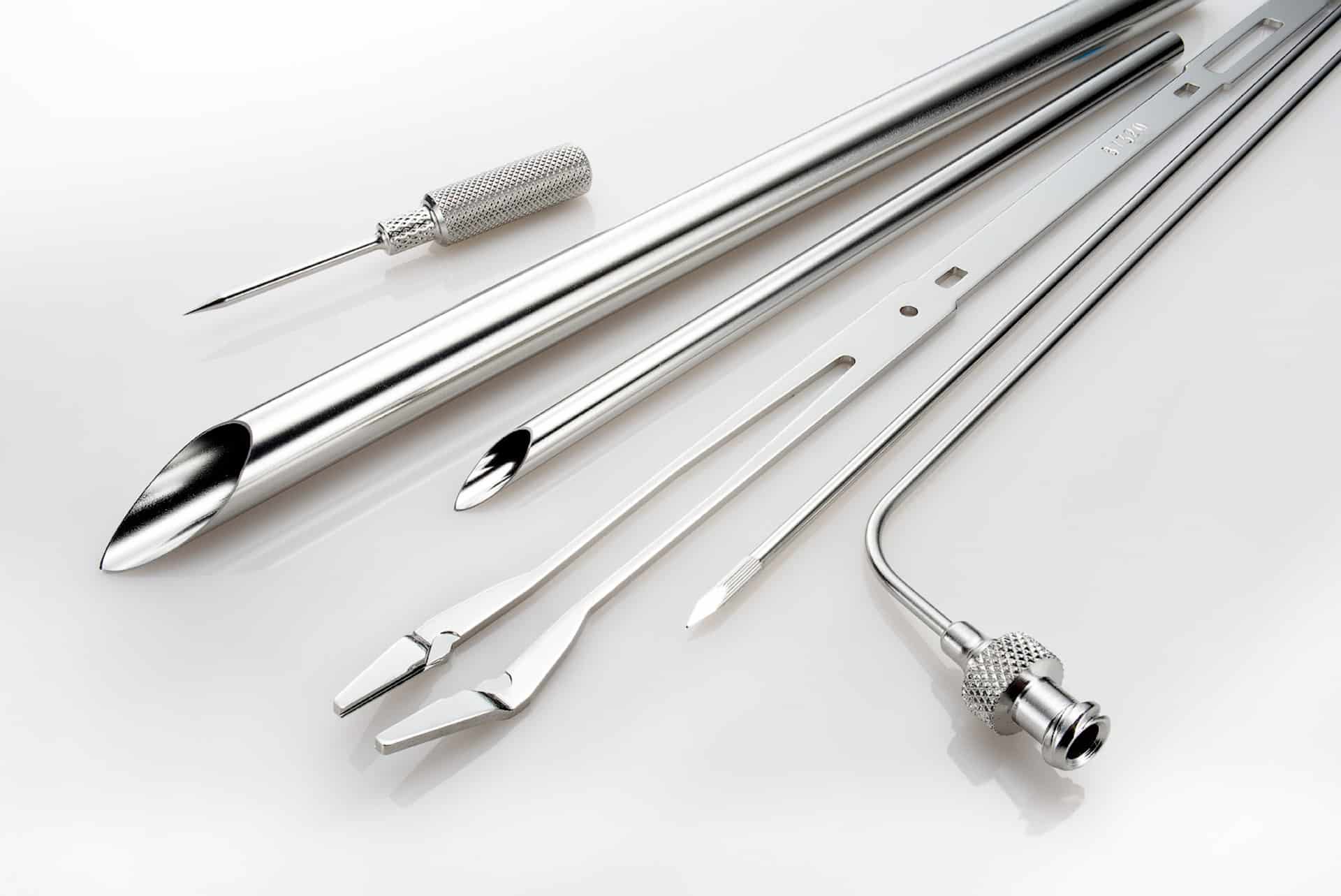
What is Electropolishing?
Electropolishing is an electrochemical and reverse plating process that removes the outer layer of skin on a metal...

The Electropolishing Process
The electropolishing process is initiated by immersing a metal part into a temperature-controlled bath of electrolyte...
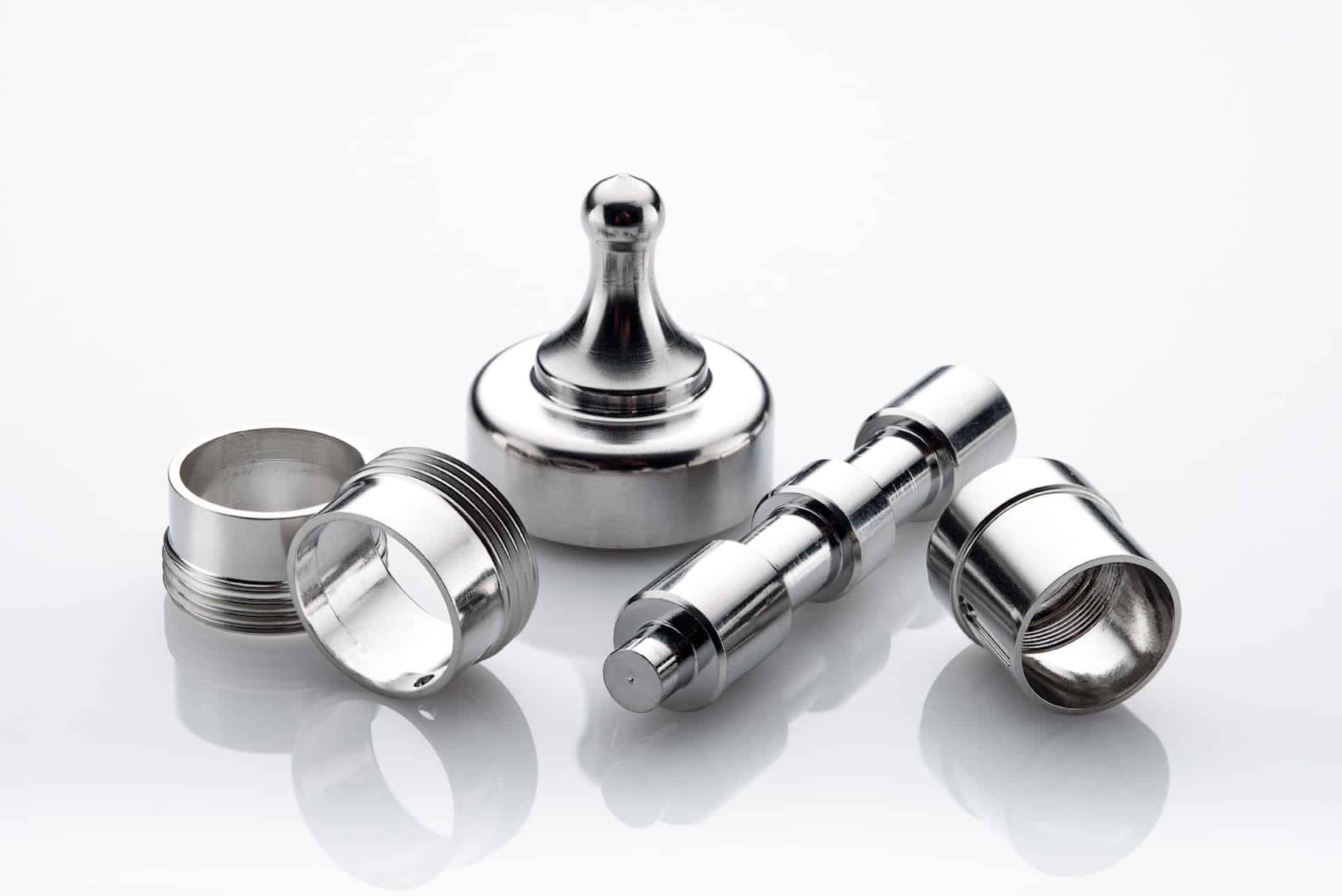
Benefits of Electropolishing
Curious about the benefits of putting your parts through the electropolishing process? Read along below where we...
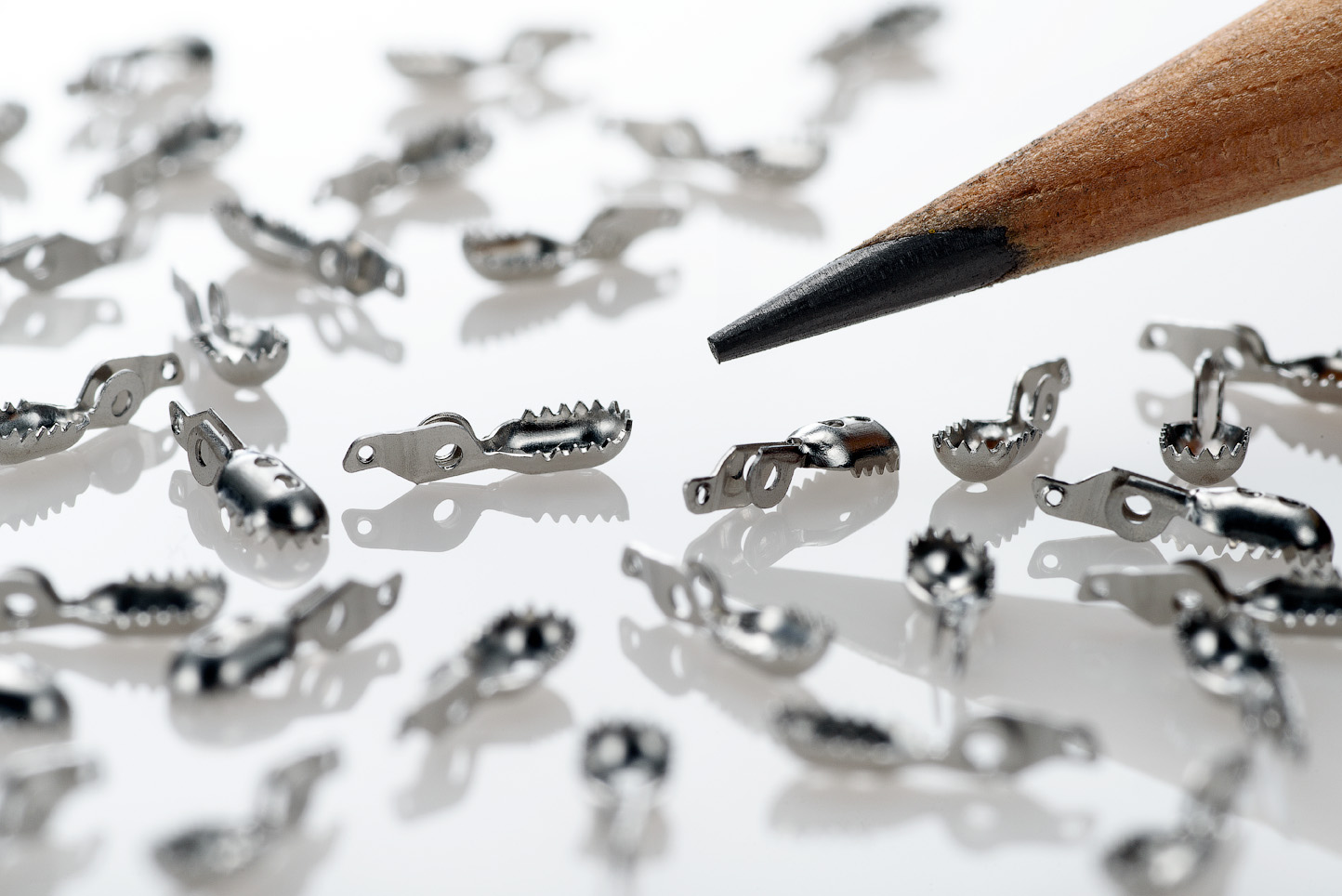
How Much Material Does Electropolishing Remove?
Electropolishing, when done properly is a highly controllable process which removes as little as...

How Much Will Electropolishing Improve the Surface Finish of My Part?
Ra and RMS are both representations of surface roughness. Ra is calculated as the roughness average of a surface’s...
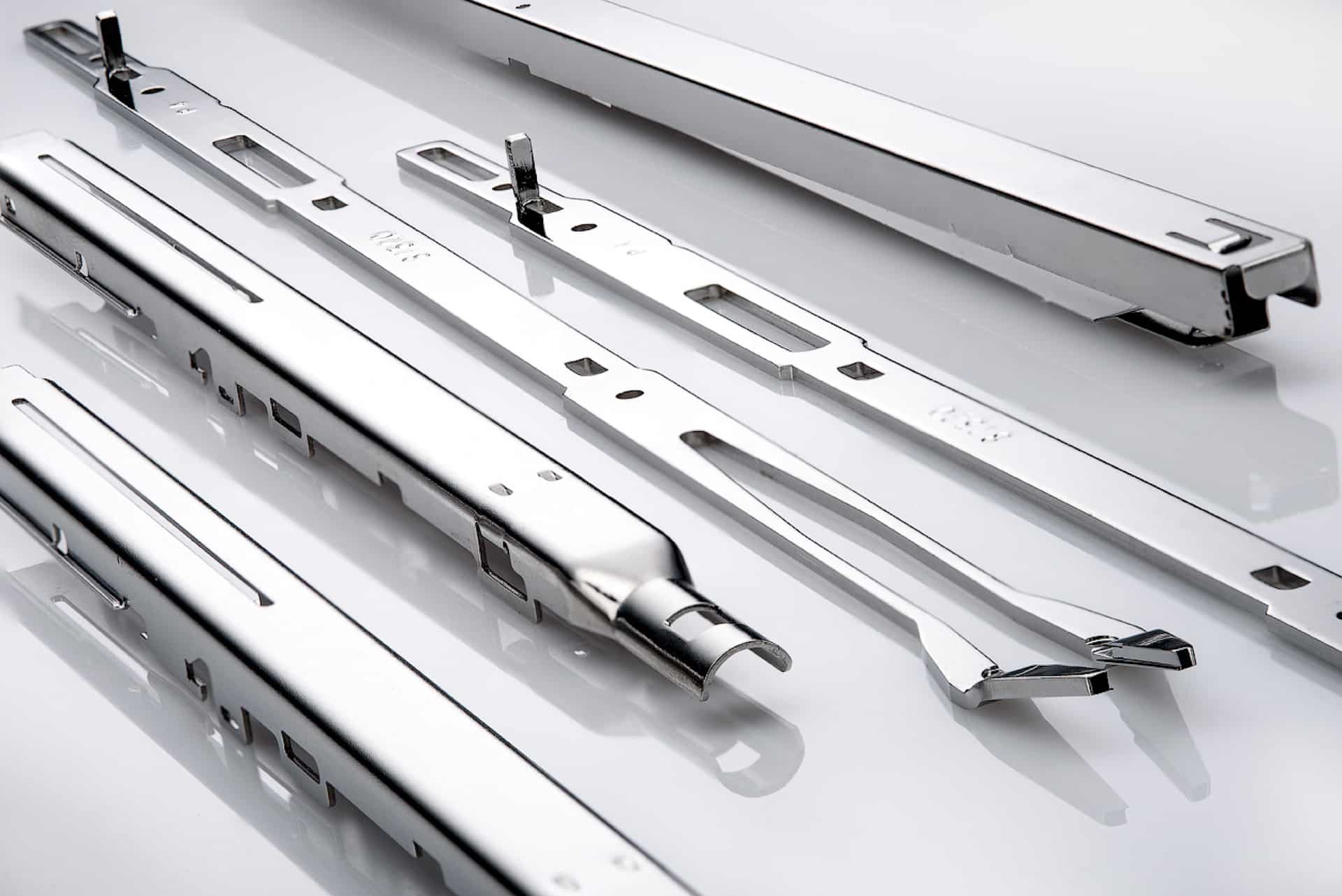
Electropolishing Frequently Asked Questions
Learn the difference between electropolishing and electroplating as well as how the electropolishing process works...
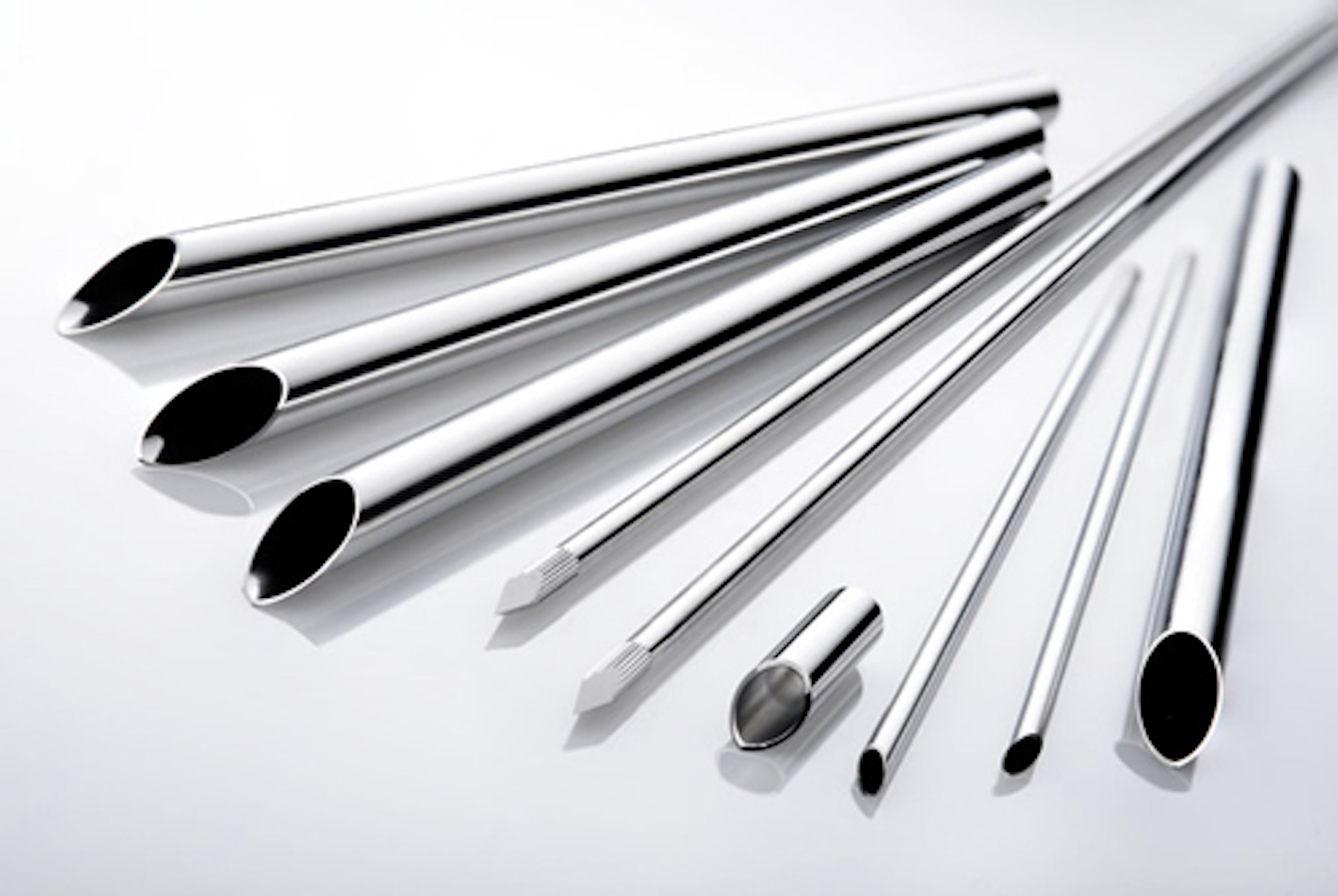
What is ASTM B912?
ASTM B912 is an industry standard for the passivation of stainless steel alloys through electropolishing...
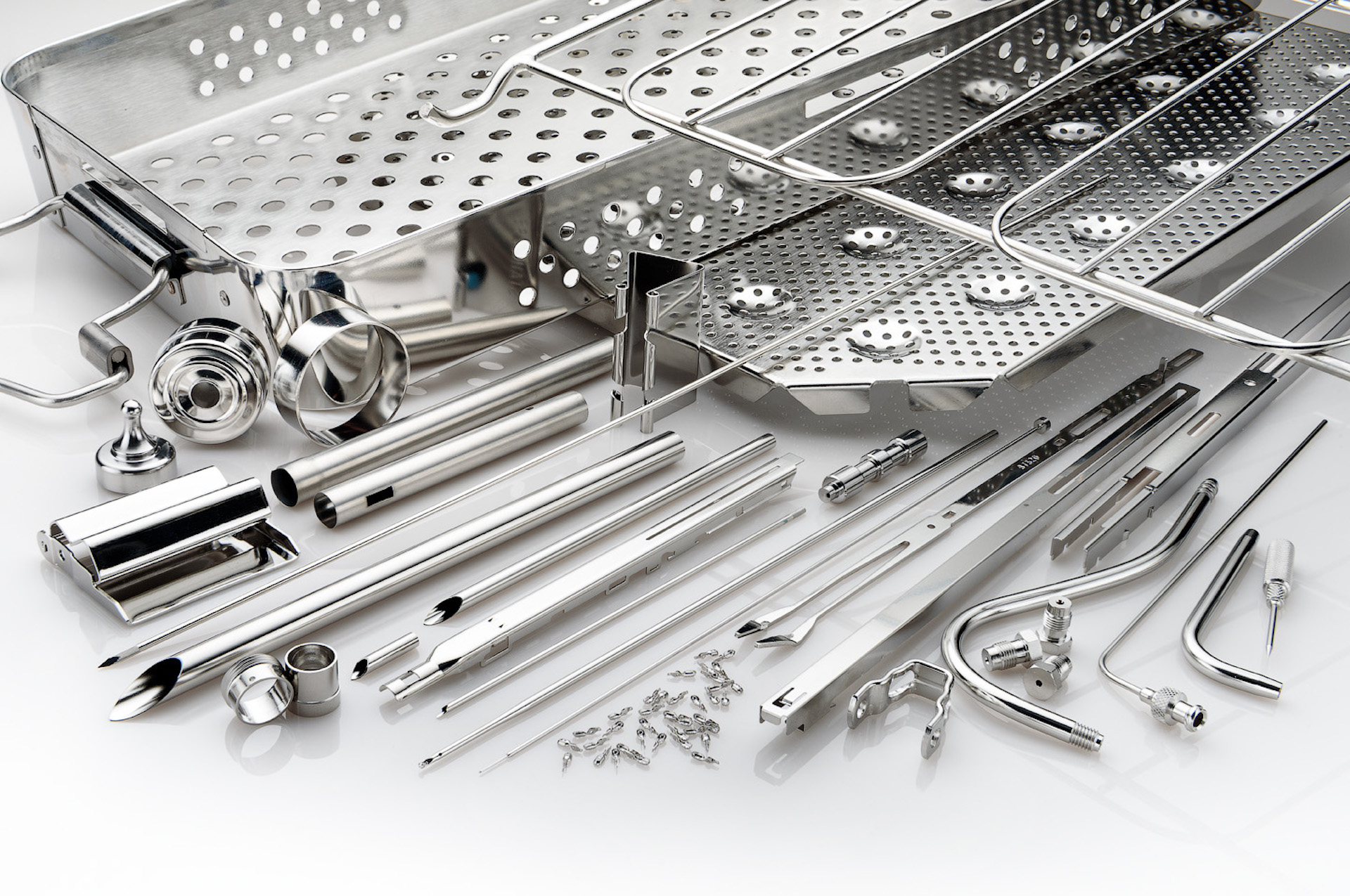
What is ASTM A967?
ASTM A967 is an industry standard specification for the chemical passivation treatments for stainless...

What is ISO 13485?
ISO 13485 is a standard that applies specifically to medical devices. ISO 13485 is designed to be...
